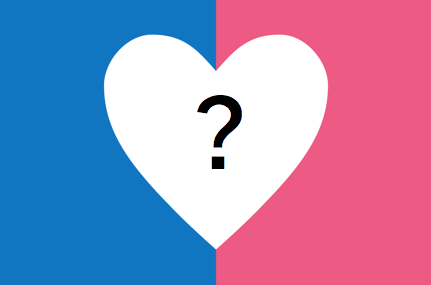It is no secret that in this generation the colour blue is mostly associated with males and the colour pink is generally associated with females. We see many females wearing bright pink dresses and pink high heels. And at the same time we see males wearing blue jeans and blue jackets. But this wasn’t always the case.
If we take it all the way back to before the 20th Century began, the colours pink and blue were not in any way gender specific. In fact there are many examples of women wearing blue and men wearing pink. People just wore what they felt like. In an article on the website Today I Found Out, Terynn Boulton claims that men even often chose to paint their rooms pink and white to improve their moods. So why is it that in this generation people like to identify their gender through colour? What changed?
An early confirmed sighting of this pink/blue bias appears in June 1918 in a catalogue for Earnshaw’s Infants’ Department. But the advice they give is the other way round! “Pink is for boys and blue is for girls,” we read, because “pink is a more decided and stronger colour… more suitable for boys, while blue is more delicate and dainty” and therefore more suitable for girls. Pretty ironic huh?
This however all changed in the 1940s when clothing manufactures decided that pink was for females and blue was for males. The main reason why the colours switched was apparently due to that fact that girls simply preferred pink and boys preferred blue.
Subsequent studies that have tried to find out if this is true have come up with mixed results. The only consistent result has been that most of us – whether male or female, prefer blue to pink – and that pink is one of the colours adults hate most.

